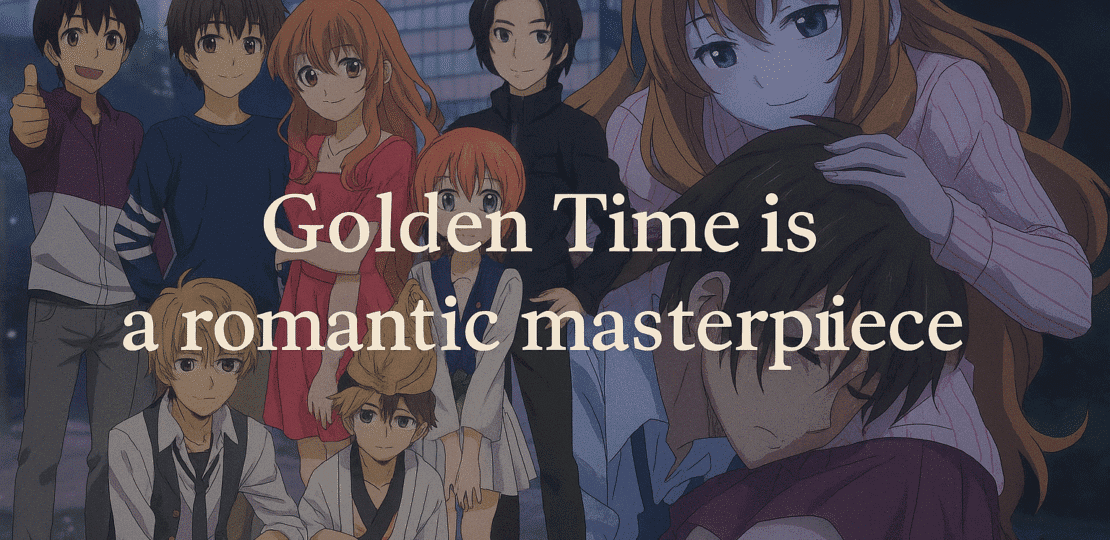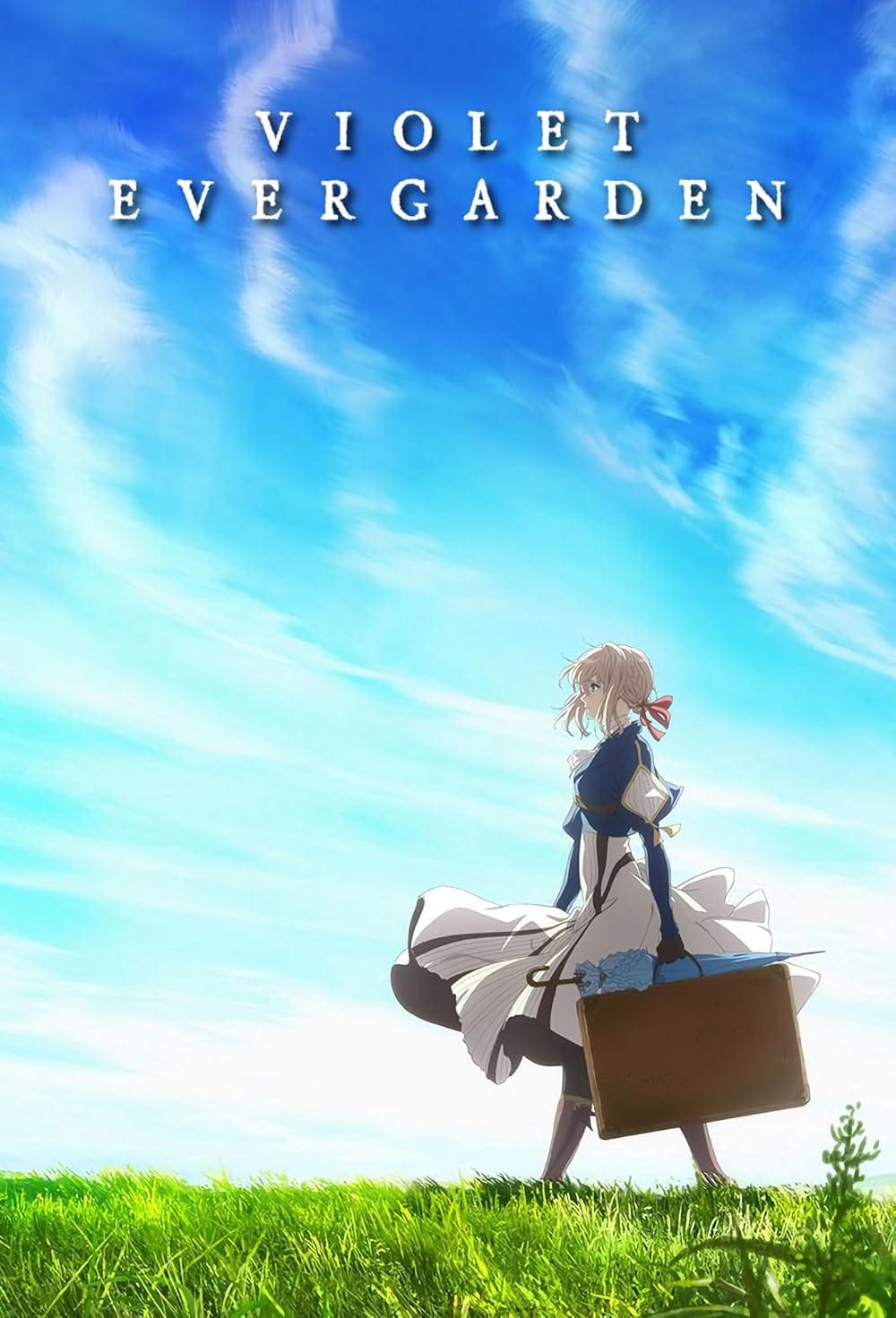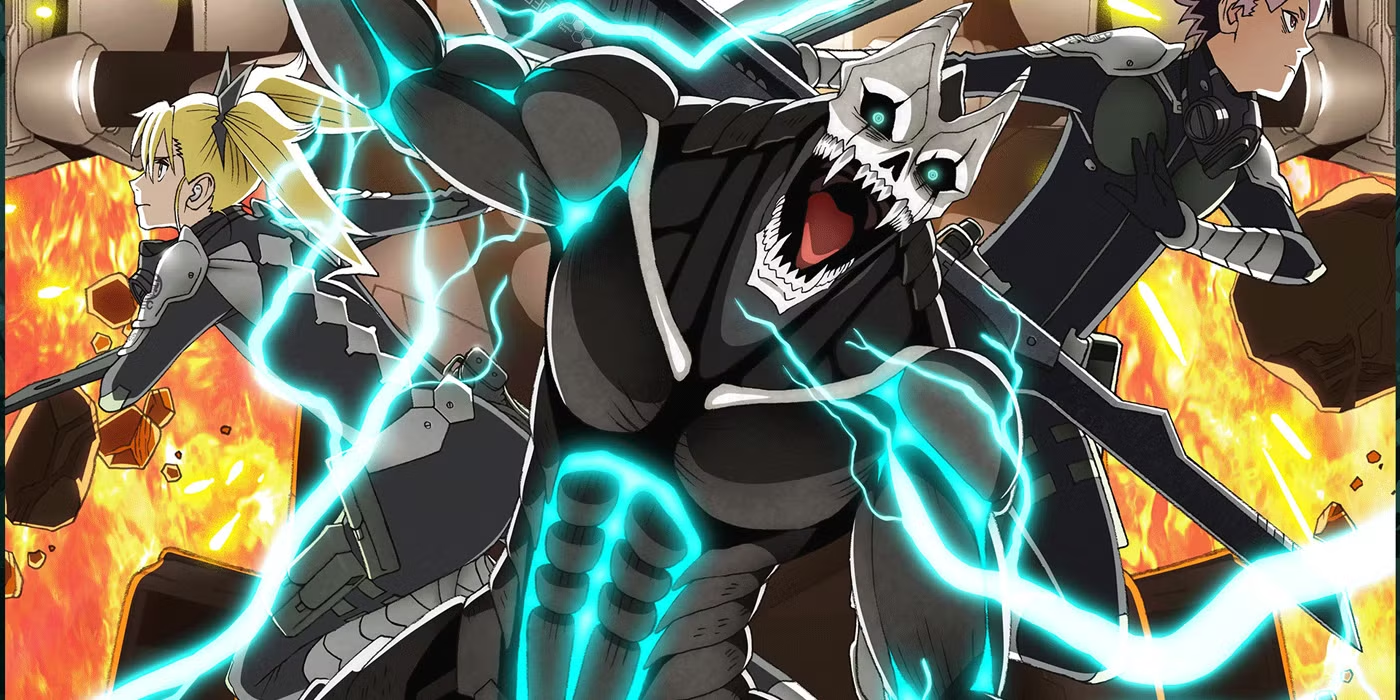7 Reasons Why Golden Time is One of the Best Romance Anime Of All Time
September 21, 2025 | by Haku

Golden Time has long been celebrated as a pinnacle of romance anime, blending heartfelt emotions with the raw realities of young adult life. Released in 2013 and spanning 24 episodes, this J.C. Staff production adapts Yuyuko Takemiya’s light novel series, the same mind behind the beloved Toradora. At its core, the story revolves around Tada Banri, a law school freshman in Tokyo who, after a devastating accident, grapples with complete amnesia. Stripped of his past memories, Banri embarks on a journey of self-reinvention, forging new friendships and a passionate romance with the enigmatic Kouko Kaga. What elevates Golden Time to legendary status isn’t just its plot—it’s the profound way it dissects love, identity, and human frailty. Below, we explore seven compelling reasons why this series deserves its place among the greatest romance animes of all time, drawing on its narrative depth, character authenticity, and emotional resonance.
Reason 1: A Refreshingly Realistic College Setting and Portrayal of Modern Relationships
Unlike the majority of romance animes trapped in high school hallways with adolescent angst, Golden Time boldly shifts the scene to university life, offering a breath of fresh air for viewers craving maturity. The bustling Tokyo campus becomes a character in itself, symbolizing freedom, independence, and the chaos of early adulthood. Banri’s arrival at law school marks a literal and metaphorical new beginning, where parties, club activities, and late-night confessions feel authentically lived-in. This setting allows for explorations of themes like financial struggles, career anxieties, and the transition from sheltered youth to self-reliant adults—elements rarely touched in genre staples.
Moreover, the anime’s accuracy in depicting modern Japanese dating culture sets it apart. In an era influenced by globalization and technology, relationships in Golden Time evolve naturally, without the prolonged will-they-won’t-they tropes. For instance, Banri and Koko’s romance ignites early, around episode six, mirroring how contemporary couples might connect via social cues or direct communication rather than traditional shyness. Scenes like Mitsuo’s public confession to Chinami highlight evolving norms, blending old customs like kokuhaku (formal love declarations) with modern flair. This realism makes the series relatable globally, as it captures universal dating pitfalls: jealousy, miscommunication, and the fear of vulnerability. By grounding its romance in everyday university experiences—beach trips gone awry, festival mishaps—it avoids clichés, making love feel earned and tangible. The result is a narrative that resonates with college-aged audiences, proving that romance thrives in the messiness of real life.
Reason 2: Profound Character Development and Relatable Personalities
At the heart of any great romance anime are characters who feel alive, and Golden Time delivers some of the most nuanced portrayals in the genre. Tada Banri isn’t your typical blank-slate protagonist; his amnesia forces a compelling arc of self-discovery, where he rebuilds his identity piece by piece. Viewers witness his internal battles—fears of regression, the weight of forgotten promises—and his growth into someone who confronts rather than flees problems. This vulnerability makes him empathetic, especially as he navigates romance without the crutch of past experiences.
Equally captivating is Kouko Kaga, who starts as an obsessive, almost caricatured figure fixated on Mitsuo, but evolves into a multifaceted woman grappling with her own insecurities. Her journey from dependency—tying her self-worth to relationships—to independence is masterful, highlighted in moments like her post-accident guilt, where she nearly causes harm out of jealousy. Koko learns to form genuine friendships, such as with the bubbly Chinami Oka, and confronts her flaws head-on, transforming jealousy into trust. Supporting characters like Linda, Banri’s enigmatic past connection, add layers; her quiet strength and unresolved feelings create a subtle love polygon that feels organic, not forced. Even side figures like 2D-kun (the otaku friend) and Nana provide comic relief while contributing to the group’s dynamic, showing how friendships bolster romance. This depth ensures every interaction carries emotional weight, making the characters’ growth a mirror for viewers’ own life lessons.
Reason 3: Exploration of Deep Themes Like Identity, Fear, and Mental Health
Golden Time transcends surface-level romance by delving into profound psychological themes, particularly identity loss and the fears that sabotage love. Banri’s amnesia isn’t a mere plot device—it’s a metaphor for rebirth and the terror of erasure. As fragments of his past resurface, threatening to overwrite his present self, the series poignantly questions: Who are we without our memories? This internal conflict peaks in heart-wrenching episodes where Banri’s “ghost self” emerges, symbolizing unresolved traumas. Koko’s arc complements this, as her identity initially orbits others—Mitsuo, then Banri—forcing her to rebuild independently when relationships falter.
The anime sensitively handles mental health, portraying anxiety and depression through Banri’s breakdowns and Koko’s impulsive behaviors, without romanticizing them. It shows how fear—Banri’s instinct to run, Koko’s confrontational aggression—impacts partnerships, offering a realistic lens on how insecurities can erode trust. Yet, it emphasizes healing through support, as friends rally during crises. This thematic richness adds intellectual depth, making Golden Time not just entertaining but thought-provoking, especially for those who’ve faced personal reinvention.
Reason 4: Masterful Balance of Romance, Comedy, and Drama
Few romance animes juggle tones as adeptly as Golden Time, weaving comedy into drama without undermining the romance. Humorous moments—like Koko’s dramatic entrances or the group’s absurd festival antics—provide levity, often rooted in relatable awkwardness rather than slapstick. These low-key laughs contrast beautifully with intense dramatic peaks, such as the car accident fallout or memory-induced conflicts, creating an emotional rollercoaster.
The romance itself is gripping: Banri and Koko’s chemistry builds through tender vulnerability, with confessions and reconciliations feeling earned. Drama arises organically from character flaws, heightening stakes without melodrama overload. This equilibrium keeps viewers invested, blending laughs with tears in a way that mirrors life’s unpredictability.
Reason 5: Compelling Plot Twists and Pacing That Keeps Viewers Hooked
The narrative structure of Golden Time is a testament to expert storytelling, with pacing that accelerates from lighthearted introductions to high-stakes climaxes. Early episodes establish the ensemble and romance, but twists—like Banri’s resurfacing memories or Koko’s breakup attempt—inject unpredictability. The second half intensifies as identity crises unfold, culminating in symbolic resolutions like the bridge scene, where past and present collide. This progression avoids filler, ensuring every episode advances character arcs or relationships. Surprising developments, such as the beach episode’s accident, resonate with real-life unpredictability, making the plot feel dynamic and immersive.
Reason 6: A Strong Supporting Cast That Enriches the Central Romance
While Banri and Koko shine, the ensemble elevates the series by illustrating how friendships sustain love. Characters like Mitsuo, the childhood friend turned rival, and Linda, with her quiet wisdom, provide foils that highlight the leads’ growth. Chinami’s optimism and 2D-kun’s eccentricity add warmth, while group activities—parties, trips—show community as a romance buffer. Their non-judgmental support during breakdowns underscores that love isn’t isolated, making the world feel lived-in and the central couple’s journey more impactful.
Reason 7: A Cathartic and Satisfying Conclusion That Rewards Emotional Investment
Despite debates over supernatural elements like “Ghost Banri,” Golden Time delivers a finale that’s emotionally cathartic. Banri’s reconciliation of past and present selves, coupled with Koko’s acceptance, affirms that love endures hardships. The bridge symbolism—choosing future over past—provides closure, with sacrifices reinforcing themes of commitment. This happy yet earned ending leaves viewers uplifted, solidifying the series as a beacon of hope in romance anime.
In essence, Golden Time‘s blend of realism, depth, and heart cements its legacy. Its influence persists, inspiring discussions on mature romance and proving that great stories arise from human imperfection.
RELATED POSTS
View all


